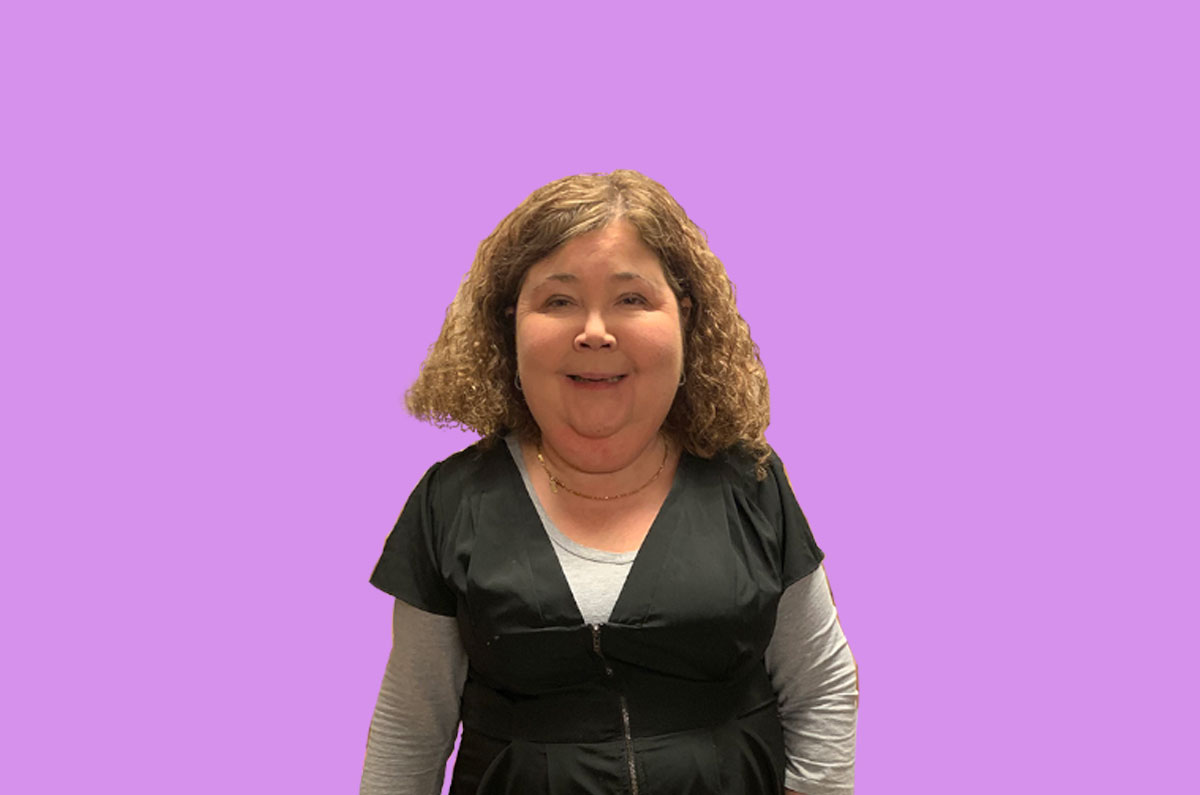This strange time we’re living through has forced us to live smaller. SARS-CoV-2 is going to hang around for quite some time, so our way of living will likely remain on the small scale for the foreseeable future.
And as we’ve seen with the spike in active cases in Victoria, restrictions can be eased and they can be tightened again. Trips overseas are out and trips interstate are dependent on state borders being open. Even travelling across our own state may be subject to restrictions if outbreaks continue.
It’s easy to feel a little despondent about the whole situation. It’s been a hard slog with no end in sight.
So it’s important we take some time to sit back and take stock. We’ve adapted to isolation and the massive changes in our world. We’ve been creative and done things that we couldn’t even imagine we would’ve done this time last year. We should give ourselves credit for that and continue to discover the small joys in life.
Like having a jigsaw on the go on the kitchen or coffee table that everyone adds to as they walk past. I can’t tell you how many people have told me they’ve been doing this…and how much satisfaction they get when they complete a tricky 1,000 piece puzzle.
Or discovering the parks, paths and until now unexplored areas in our neighbourhoods. Foot power and pedal power has us discovering many hidden treasures we never knew existed before COVID.
We’ve enjoyed cooking and creating meals together. Discovering an interesting recipe, trying new ingredients, and taking time to sit down together and talk, laugh and have fun. With the change in our routines, and the lack of social/sporting/school/work gatherings, we have a little more time to break away from the mundane meals of the past, at least occasionally. Turn the TV off, put some music on, enjoy the company and the meal.
We’ve hauled the dusty board games out of the back of cupboards and spent hours playing and enjoying time together…unless it’s Monopoly. It always seems to start well, then ends in tears. We’re reading, planting vegie gardens, catching up on new TV shows, enjoying a cup of tea in the garden, doing the crossword together – basically living much more simply.
We’re catching up with friends and family with long phone calls and video chats. I think this’s been one of the best things that has come out of the pandemic. Without the distractions of work, social obligations, kids sports and the busyness of pre-COVID life, we have a bit more time to catch up and really talk. This has been wonderful.
And for those of us with a chronic condition, being able to stay home has allowed us to feel safe from the virus, but has also given us the time to reevaluate how we’re travelling. For example, how’s our pain management? Do we need to tweak something, try something new? Are we looking after our mental health? Should we try some mind-body techniques such as mindfulness or guided imagery? This pandemic has paused the world in some ways, but it’s given us an opportunity to check our health and wellbeing.
This time will pass. It’s going to take a while, but we can adapt. We’ve been doing it for months, and we can continue to do it. And rediscovering the small joys in our world will help us get through.
Contact our free national Help Line
If you have questions about things like COVID-19, your musculoskeletal condition, treatment options, telehealth, managing your pain or accessing services be sure to call our nurses. They’re available weekdays between 9am-5pm on 1800 263 265; email (helpline@msk.org.au) or via Messenger.
More to explore
- Saying goodbye to iso – Easing restrictions
Musculoskeletal Australia, 28 May 2020 - Sick and tired of iso? Hang in there!
Musculoskeletal Australia, 30 April 2020 - Does your self-care plan need some TLC?
Musculoskeletal Australia, 22 April 2020 - Some inspiration for isolation
Musculoskeletal Australia, 8 April 2020


















